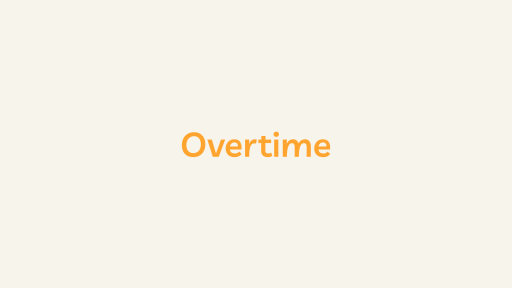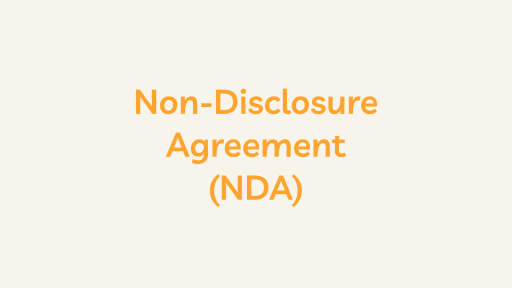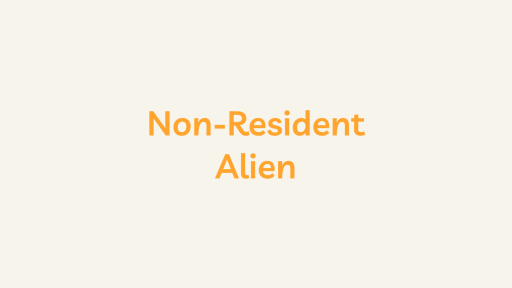What is an Org Chart?
An org chart, short for organizational chart, is a visual representation of an organization’s structure. It provides a snapshot of the company’s hierarchy, showing the relationships between various departments, teams, and individuals. Org charts are used for various purposes, including understanding the company’s structure, identifying key decision-makers, and helping employees understand their roles and responsibilities.
Org charts can take many different forms, depending on the company’s size and complexity. Some companies may have a simple org chart that shows only the top-level executives, while others may have a more detailed chart that shows the hierarchy of every department and team within the organization.
At the top of the org chart is typically the CEO or other top-level executive, followed by the various departments and teams that make up the organization. Each department or team is typically represented by a box or other shape, with lines connecting them to other departments and teams to show the flow of communication and decision-making.
One of the main benefits of an org chart is that it provides a clear picture of the company’s structure, allowing employees to understand where they fit in and who they report to. This can help improve communication and collaboration within the organization and provide employees with a sense of purpose and direction.
Another benefit of an org chart is that it can help to identify potential bottlenecks or inefficiencies within the organization. By analyzing the chart, managers can identify areas where there may be too many layers of management or where communication channels are not as efficient as they could be.
Org charts can also help with succession planning, as they provide a clear picture of the key decision-makers within the organization. By identifying potential successors for key positions, companies can ensure they are prepared for any changes or transitions.
In conclusion, an org chart visually represents an organization’s structure. It provides a clear picture of the company’s hierarchy, helping employees to understand their roles and responsibilities and improving communication and collaboration within the organization. By analyzing the org chart, companies can identify potential bottlenecks or inefficiencies and prepare for any changes or transitions.





